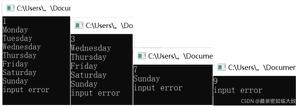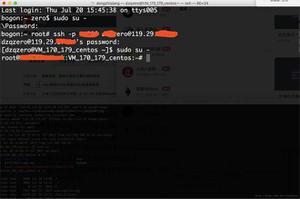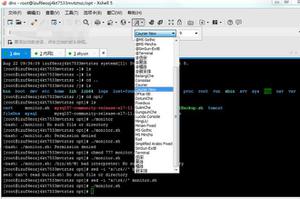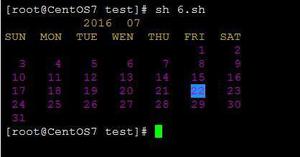C++ 实现LRU 与 LFU 的缓存算法
一、LRU (Least Recently Used) 缓存
详见 LeetCode Q146
https:// leetcode.com/problems/l ru-cache/
https:// leetcode-cn.com/problem s/lru-cache/
问题描述:
LRUCache(int capacity)以正整数作为容量capacity初始化LRU缓存int get(int key)如果关键字key存在于缓存中,则返回关键字的值,否则返回 -1 。void put(int key, int value)如果关键字已经存在,则变更其数据值;如果关键字不存在,则插入该组「关键字-值」。当缓存容量达到上限时,它应该在写入新数据之前删除最久未使用的数据值,从而为新的数据值留出空间。- 在
O(1)时间复杂度内完成这两种操作
所用数据结构:
为了使 get 与 put 操作的平均时间复杂度为 O(1) ,
使用双向链表 (STL list ) 储存缓存内容 (使用 STL pair {key, value} 表示),
使用哈希表 (STL unordered_map ) 储存 “key” 到 “pair iterator ” 的关系映射
typedef std::unordered_map<int, std::list<std::pair<int, int> >::iterator > CacheMap;
typedef std::list<std::pair<int, int> > LRUList;
流程图:
- get function
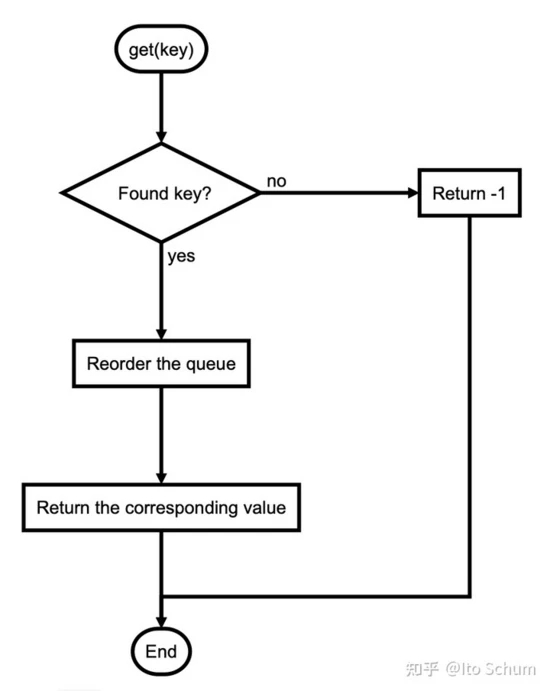
- put function

代码实现:
#include <iostream>
#include <list>
#include <unordered_map>
typedef std::unordered_map<int, std::list<std::pair<int, int> >::iterator > CacheMap;
typedef std::list<std::pair<int, int> > LRUList;
class LRUCache {
public:
LRUCache(int capacity) {
_capacity = capacity;
}
int get(int key) {
CacheMap::iterator cache_itr = _cacheMap.find(key);
if (cache_itr == _cacheMap.end() ) {
return -1;
}
makeMostRecent(key, _cacheMap[key]->second);
LRUList::iterator list_itr = _LRUList.end();
--list_itr;
return list_itr->second;
}
void put(int key, int value) {
if (_cacheMap.find(key) != _cacheMap.end()) {
makeMostRecent(key, value);
return;
}
if (_LRUList.size() >= _capacity) {
removeLeastRecentTask(key);
}
addMostRecentTask(key, value);
}
private:
void makeMostRecent(int key, int value) {
_LRUList.erase(_cacheMap[key]);
_LRUList.push_back(std::make_pair(key, value) );
LRUList::iterator list_itr = _LRUList.end();
_cacheMap[key] = --list_itr;
}
void removeLeastRecentTask(int key) {
int keyToRemove = _LRUList.begin()->first;
_LRUList.erase(_LRUList.begin());
_cacheMap.erase(keyToRemove);
}
void addMostRecentTask(int key, int value) {
_LRUList.push_back(std::make_pair(key, value) );
LRUList::iterator list_itr = _LRUList.end();
_cacheMap[key] = --list_itr;
}
int _capacity;
LRUList _LRUList;
CacheMap _cacheMap;
};
// n = item number of the LRU list, aka capacity
// Time: O(1)
// Space: O(n)
运行测试:
Accepted
22/22 cases passed (412 ms)
Your runtime beats 69.45 % of cpp submissions
Your memory usage beats 48.08 % of cpp submissions (174 MB)
二、LFU (Least Frequently Used) 缓存
详见 LeetCode Q460
https:// leetcode.com/problems/l fu-cache/
https:// leetcode-cn.com/problem s/lru-cache/
问题描述:
LFUCache(int capacity)- 用数据结构的容量capacity初始化对象int get(int key) - 如果键存在于缓存中,则获取键的值,否则返回 -1 。void put(int key,int value) - 如果键已存在,则变更其值;如果键不存在,请插入键值对。当缓存达到其容量时,则应该在插入新项之前,使最不经常使用的项无效。在此问题中,当存在平局(即两个或更多个键具有相同使用频率)时,应该去除 最近最久未使用的键。- 「项的使用次数」就是自插入该项以来对其调用 get 和 put 函数的次数之和。使用次数会在对应项被移除后置为 0 。
- 为了确定最不常使用的键,可以为缓存中的每个键维护一个 使用计数器 。使用计数最小的键是最久未使用的键。
- 当一个键首次插入到缓存中时,它的使用计数器被设置为 1 (由于 put 操作)。对缓存中的键执行 get 或 put 操作,使用计数器的值将会递增。
所用数据结构:
为了使 get 与 put 操作的平均时间复杂度为 O(1) ,
- 使用哈希表 (STL
unordered_map) 储存 “key” 到 “value与frequency” 的关系映射 (使用 STLpair {value, frequency} 表示) - 使用哈希表 (STL
unordered_map) 储存 “frequency” 到 “对应所有的key” 的关系映射 (key 使用双向链表,即 STL list 存储) - 使用哈希表 (STL
unordered_map) 储存 “key” 到 “2 中存储 key 所用 list 中对应iterator” 的关系映射
std::unordered_map<int, std::pair<int, int> > _keyToValFreq;
std::unordered_map<int, std::list<int> > _freqToKeyList;
std::unordered_map<int, std::list<int>::iterator> _keyToKeyListItr;
流程图:
- get function
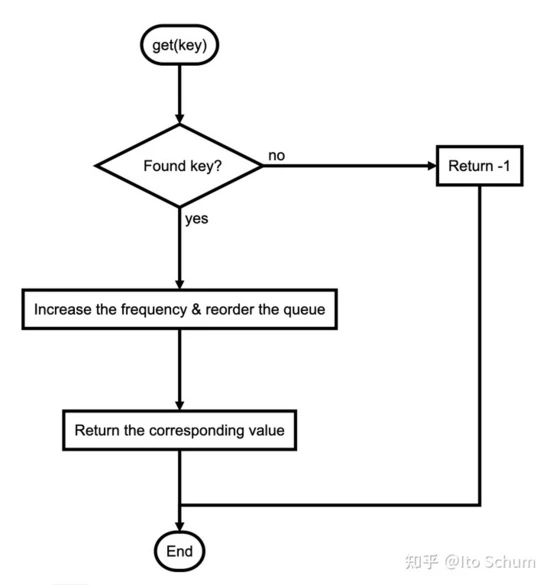
- put function

代码实现:
#include <iostream>
#include <list>
#include <unordered_map>
class LFUCache {
public:
LFUCache(int capacity) {
_capacity = capacity;
}
int get(int key) {
// If key doesn't exist
if (_keyToValFreq.find(key) == _keyToValFreq.end() ) {
return -1;
}
// if key exists, increse frequency and reorder
increaseFreq(key);
return _keyToValFreq[key].first;
}
void put(int key, int value) {
if (_capacity <= 0) { return; }
// if key exists
if (_keyToValFreq.find(key) != _keyToValFreq.end() ) {
_keyToValFreq[key].first = value;
increaseFreq(key);
return;
}
// if key doesn't exist
// if reached hashmap's max capacity, remove the LFU (LRU if tie)
if (_keyToValFreq.size() >= _capacity) {
int keyToRmove = _freqToKeyList[_minFreq].back();
_freqToKeyList[_minFreq].pop_back();
_keyToKeyListItr.erase(keyToRmove);
_keyToValFreq.erase(keyToRmove);
}
// Then add new item with frequency = 1
addNewTask(key, value);
}
void increaseFreq(int key) {
// Update the freq in the pair
int oldFreq = _keyToValFreq[key].second++;
// Detele the old freq by itr
_freqToKeyList[oldFreq].erase(_keyToKeyListItr[key]);
// Add the new freq and re-assign the itr
_freqToKeyList[oldFreq + 1].emplace_front(key);
_keyToKeyListItr[key] = _freqToKeyList[oldFreq + 1].begin();
// Update minFreq
if (_freqToKeyList[_minFreq].empty() ) {
_minFreq = oldFreq + 1;
}
}
void addNewTask(int key, int value) {
// Add new key-value/freq to all hashmaps
_minFreq = 1;
_keyToValFreq[key] = std::make_pair(value, _minFreq);
_freqToKeyList[_minFreq].emplace_front(key);
_keyToKeyListItr[key] = _freqToKeyList[_minFreq].begin();
}
private:
int _capacity;
int _minFreq;
std::unordered_map<int, std::pair<int, int> > _keyToValFreq;
std::unordered_map<int, std::list<int> > _freqToKeyList;
std::unordered_map<int, std::list<int>::iterator> _keyToKeyListItr;
};
// n = item number of the LFU, aka capacity
// Time: O(1)
// Space: O(n)
运行测试:
Accepted
24/24 cases passed (464 ms)
Your runtime beats 72.37 % of cpp submissions
Your memory usage beats 45.99 % of cpp submissions (186.7 MB)
到此这篇关于C++ 实现LRU 与 LFU 的缓存算法的文章就介绍到这了,更多相关C++ 实现LRU 与 LFU 缓存算法内容请搜索以前的文章或继续浏览下面的相关文章希望大家以后多多支持!
以上是 C++ 实现LRU 与 LFU 的缓存算法 的全部内容, 来源链接: utcz.com/p/247131.html

